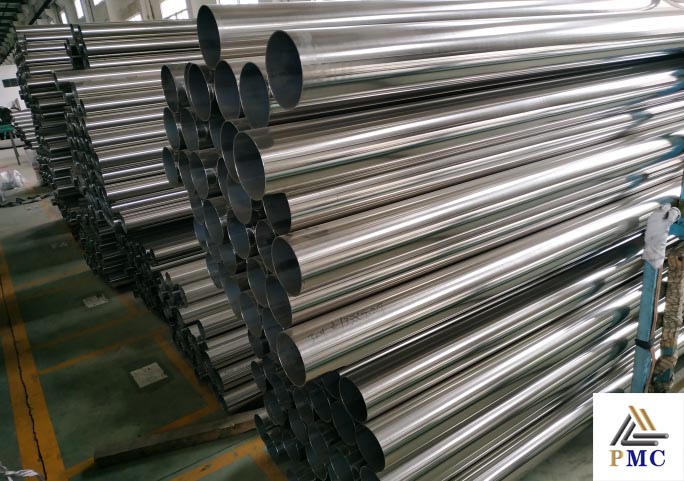
Surface Finishing Grades of Stainless Steel Seamless Pipes
1. Brightness level
The brightness level refers to the brightness and clarity of the reflected light on the surface of the stainless steel seamless pipe. The surface brightness level of stainless steel seamless pipe is usually evaluated according to the surface gloss and reflectivity. According to national standards, the surface brightness grades of stainless steel seamless pipes are generally divided into the following categories:
(1) Low gloss: It is suitable for the surface formed by ordinary machine processing, manual polishing, etc. In this state, the surface gloss is lower than 8 degrees.
(2) High gloss: The reflectivity of this type of surface can reach more than 95%, which is suitable for products requiring high gloss, such as stainless steel seamless pipes in the fields of chemical industry, sanitary equipment, and biomedical equipment.

2. Roughness level
Roughness refers to the relationship between the smoothness of the stainless steel seamless pipe surface and the surface geometry. The surface roughness grade is one of the important criteria to determine the quality of the surface treatment of stainless steel seamless pipes. According to national standards, the surface roughness grades of stainless steel seamless pipes are usually divided into the following categories:
(1) Larger roughness: the surface with a surface roughness greater than Ra3.2μm.
(2) Smaller roughness: surface with surface roughness less than Ra0.8μm.
3. Non-destructive testing level
Non-destructive testing refers to the detection of defects on the surface of stainless steel seamless pipes through non-destructive testing methods. Usually the level of non-destructive testing is evaluated according to the sensitivity and reliability of the test. According to national standards, the surface non-destructive testing grades of stainless steel seamless pipes are usually divided into the following categories:
(1) Class I: No defects on the surface.
(2) Class II: There is a defect with a side wall diameter a in the surface Cartesian coordinate system, and the depth does not exceed 1/2t.
(3) Grade III: There is a defect with a side wall diameter a in the surface Cartesian coordinate system, and the depth does not exceed t. In addition, Class IV ratings can be added as required.
In short, the surface processing grade of stainless steel seamless pipe is a comprehensive index, and its standard not only affects the surface quality of stainless steel seamless pipe, but also directly relates to the quality and performance of the entire stainless steel seamless pipe. Therefore, in the actual use process, it is necessary to reasonably select and adopt different surface processing grades to meet different needs according to factors such as different industries and different usage scenarios.
Tips: Stainless steel 316L tube is almost identical to stainless steel 316 tube. The only difference is the carbon content. 316L's lower carbon content imparts even better corrosion resistance than 316. 316L does not require post-weld annealing.


